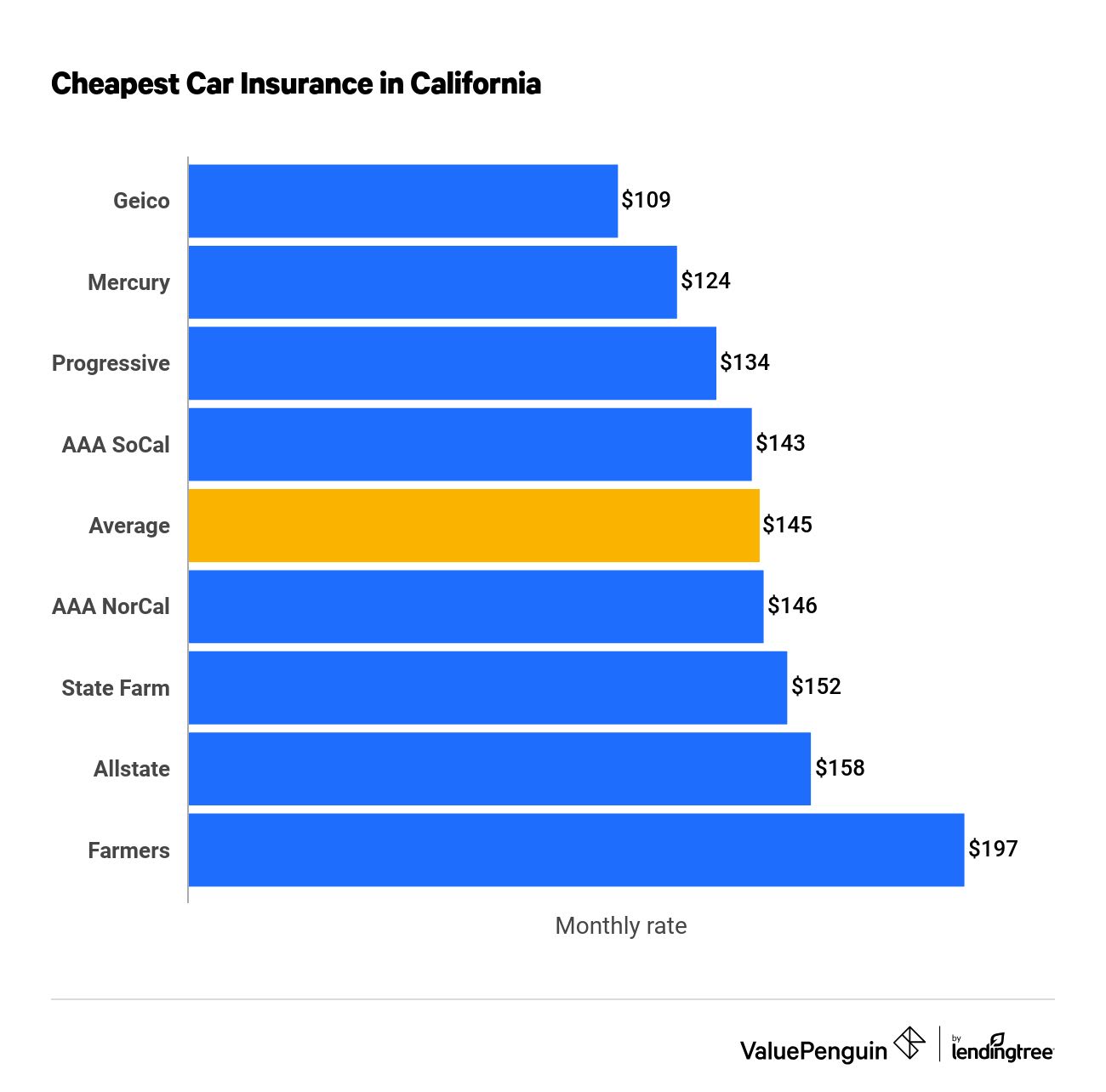Low Cost Car Insurance California: All You Need to Know
What do you mean by low cost car insurance in California?
Low cost car insurance in California refers to the affordable coverage options available to drivers in the state. Car insurance is mandatory in California, and finding a policy that fits your budget can be a challenging task. However, by exploring different insurance providers and understanding the factors that influence premium rates, you can secure a policy that offers sufficient coverage at an affordable price.
How can you find low cost car insurance in California?
When searching for low cost car insurance in California, it’s essential to compare quotes from multiple insurance providers. Each company has its own pricing guidelines, and by obtaining quotes from different sources, you can identify the most affordable option for your specific needs. Additionally, maintaining a clean driving record, opting for higher deductibles, and considering discounts for good grades, safe driving, or bundling policies can help lower your premium rates.
What is known about low cost car insurance in California?

Low cost car insurance in California is known to be a cost-effective way to protect yourself and your vehicle from potential risks on the road. While the coverage may come at a lower premium, it still provides essential protection, including liability coverage, which is mandatory in California. It ensures that you are financially safeguarded in case of an accident, property damage, or bodily injury caused by you or your vehicle.
Moreover, low cost car insurance in California also offers optional coverage options such as comprehensive coverage and collision coverage, which provide protection against theft, vandalism, or damage caused by accidents. These additional coverage options may incur extra costs, but they provide peace of mind and added security.
Solution: Finding the Best Low Cost Car Insurance in California
When searching for low cost car insurance in California, it’s crucial to consider the following steps:
1. Compare Quotes:
Gather quotes from various insurance providers to find the most competitive rates. Online comparison tools or contacting insurance agents can help simplify this process.
2. Assess Your Coverage Needs:
Determine the level of coverage you require based on your driving habits, the value of your vehicle, and your budget. Balancing affordability with sufficient coverage is key.
3. Maintain a Clean Driving Record:
Avoid traffic violations and accidents to qualify for lower premium rates. Safe driving practices can significantly impact your insurance costs.
4. Consider Higher Deductibles:
Opting for a higher deductible means you’ll have to pay more out of pocket in case of a claim. However, it can lead to lower premium rates, making your insurance more affordable.
5. Look for Discounts:
Ask insurance providers about available discounts that you may qualify for, such as good student discounts, safe driver discounts, or discounts for bundling multiple policies.
Important Information about Low Cost Car Insurance in California
While low cost car insurance in California can help you save money, there are a few important factors to consider:
Minimum Liability Coverage Requirements:
California law mandates that drivers must have a minimum liability coverage of $15,000 per person for bodily injury, $30,000 per accident for bodily injury, and $5,000 for property damage.
Trade-offs for Lower Premiums:
When opting for a low cost car insurance policy, it’s crucial to carefully review the coverage options. Lower premiums may mean limited coverage, higher deductibles, or reduced benefits, so ensure your policy adequately protects you.
Financial Stability of Insurance Provider:
Check the financial stability and reputation of the insurance provider before making a decision. Ensure they have a good track record of handling claims promptly and fairly.
Flexibility to Customize Coverage:
Consider if the insurance provider offers customization options to tailor your coverage to your specific needs. This can help ensure you’re only paying for what you require.
Available Customer Support:
Research the customer service and support offered by the insurance provider. Efficient and accessible customer support can make a significant difference when filing claims or seeking assistance.
Conclusion
Finding low cost car insurance in California requires diligent research, comparison, and consideration of various factors. By exploring multiple quotes, assessing your coverage needs, maintaining a clean driving record, opting for higher deductibles, and asking about available discounts, you can find an affordable policy that provides sufficient protection. Remember to carefully review the coverage options, check the financial stability of the provider, and evaluate the available customer support. With the right approach, you can secure the best low cost car insurance in California.
Frequently Asked Questions (FAQs)
1. Can I get low cost car insurance in California if I have a poor driving record?
While having a poor driving record may affect your premium rates, you can still find low cost car insurance by comparing quotes from different providers and considering options such as higher deductibles.
2. Are there any discounts available for low cost car insurance in California?
Yes, many insurance providers offer discounts for factors such as good grades, safe driving, or bundling multiple policies. Be sure to inquire about these discounts when obtaining quotes.
3. What is the minimum coverage required for low cost car insurance in California?
California law mandates a minimum liability coverage of $15,000 per person for bodily injury, $30,000 per accident for bodily injury, and $5,000 for property damage.
4. Can I customize my low cost car insurance policy in California?
Many insurance providers offer customization options to tailor your coverage to your specific needs. This allows you to personalize your policy while keeping it affordable.
5. How can I check the financial stability of an insurance provider in California?
You can check the financial stability of an insurance provider by researching their ratings from independent rating agencies such as A.M. Best, Standard & Poor’s, or Moody’s. These agencies assess the financial strength and claims-paying ability of insurance companies.

